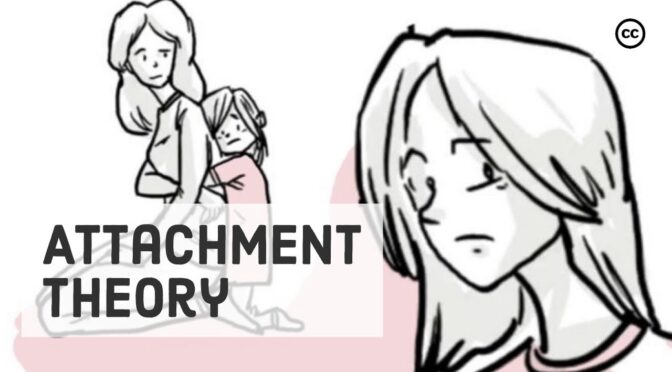This article is based on a video titled “The Attachment Theory: How Childhood Affects Life” by Sprouts. The video discusses the Attachment Theory, which posits that the emotional and physical bonds formed with a primary caregiver in the early years of life significantly influence an individual’s development and future relationships. The video categorizes attachment styles into secure and insecure types, further breaking down the latter into anxious-ambivalent, anxious-avoidant, and anxious-disorganized styles.
Contents
- The Underpinnings of Attachment Styles
- The Smith Family: A Case Study
- Long-Term Consequences of Attachment Styles
- The Role of Stress Hormones in Attachment
- The Importance of Early Intervention
- The video
The Underpinnings of Attachment Styles
A strong emotional and physical bond with a primary caregiver in the early years is critical for development (this is where the concept of a “safe base” comes into play). If this bond is strong, the child feels securely attached and is more willing to explore the world. On the other hand, a weak bond leads to insecure attachment, making the child hesitant to explore and often leading to issues with trust and social skills later in life.
The Smith Family: A Case Study
The video uses the hypothetical Smith family to illustrate how different attachment styles can develop under varying circumstances. After the death of Mr. Smith, Mrs. Smith struggles to provide the same level of care to her four children, each of whom reacts differently based on their age and previous attachment experiences. For instance, six-year-old Luca, whose character is mostly formed, remains securely attached, while three-year-old Anne develops an anxious-ambivalent attachment style due to inconsistent attention from her mother.
Long-Term Consequences of Attachment Styles
The effects of early attachment can be long-lasting and even predictive of future outcomes. For example, researchers at Minnesota University were able to predict with 77% accuracy whether a three-year-old would later drop out of high school based on their attachment style. Furthermore, a study involving Harvard undergraduates found that those who reported poor relationships with their mothers were more likely to suffer from various health issues 35 years later.
The Role of Stress Hormones in Attachment
The video also delves into the physiological aspects of attachment, specifically the role of stress hormones like adrenaline and cortisol. When a child experiences high levels of stress due to insecure attachment, it can lead to “toxic stress,” which impairs brain development and can even affect gene expression, potentially impacting health decades later.
The Importance of Early Intervention
Understanding and addressing attachment issues early on can have a profound impact on an individual’s life trajectory. Securely attached children are more likely to develop positive relationships and a more optimistic outlook on life, which in turn reinforces their secure attachment and sets them on a path for success in various life domains.
The video serves as a comprehensive guide to understanding the complexities of attachment theory and its long-term implications, offering valuable insights for parents, educators, and anyone interested in human development.

